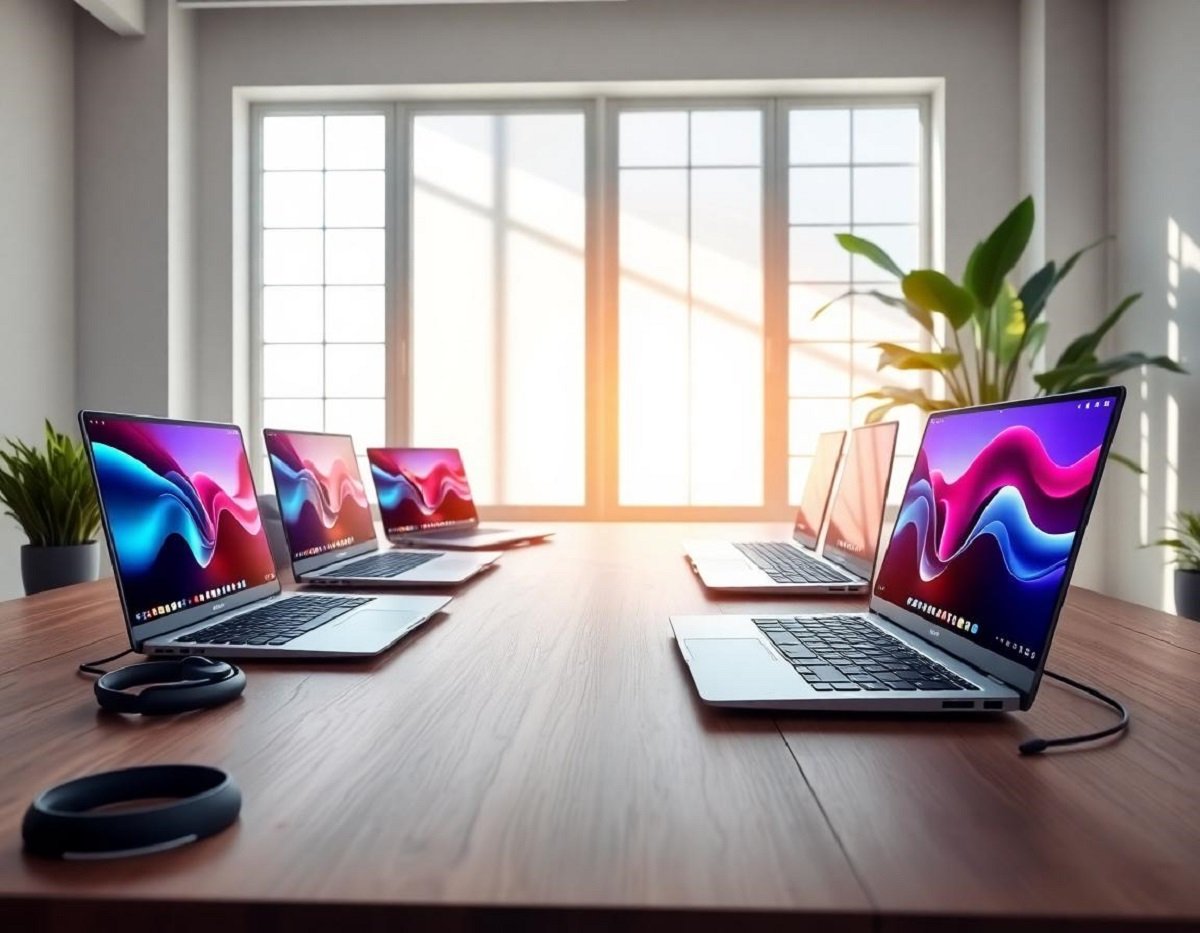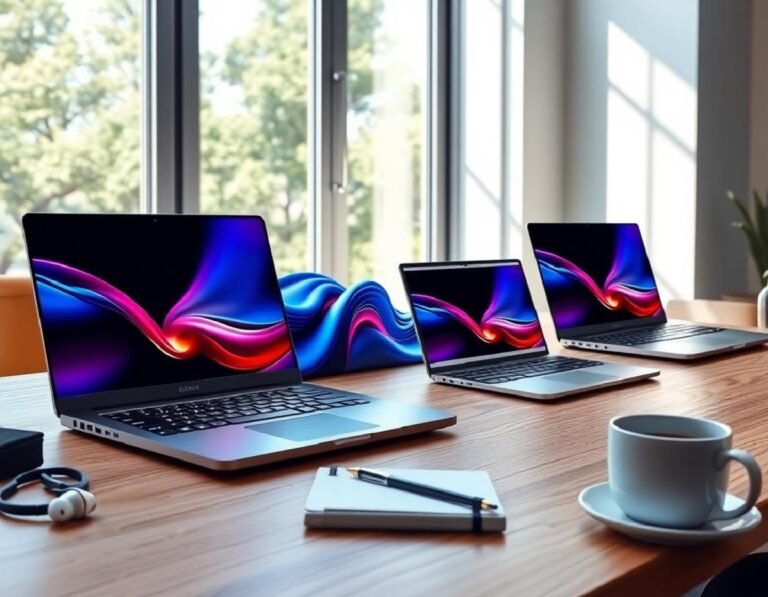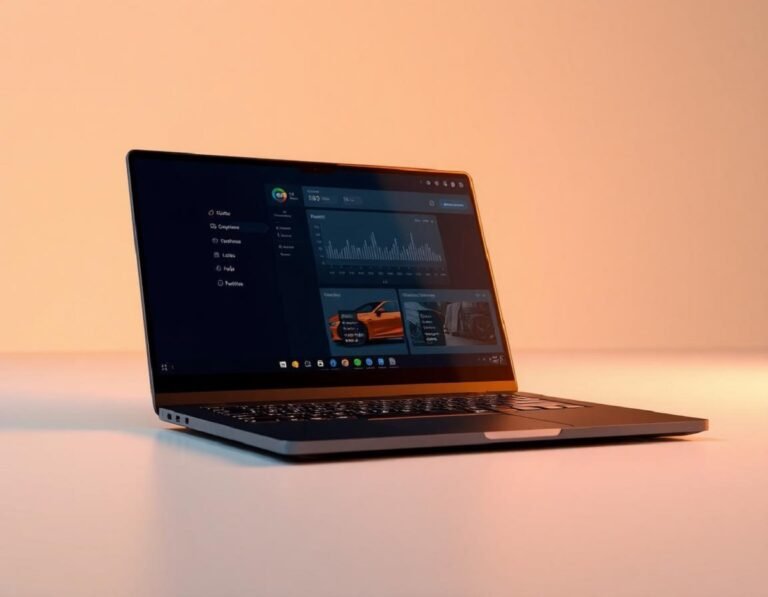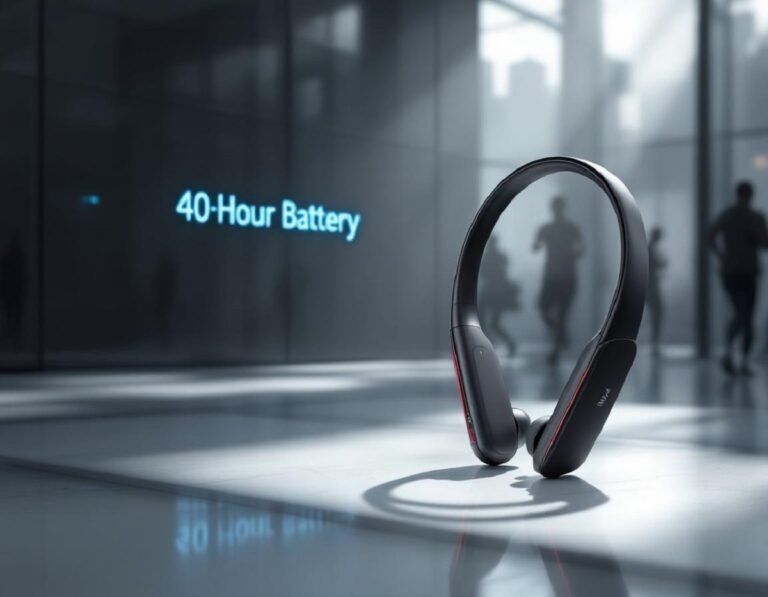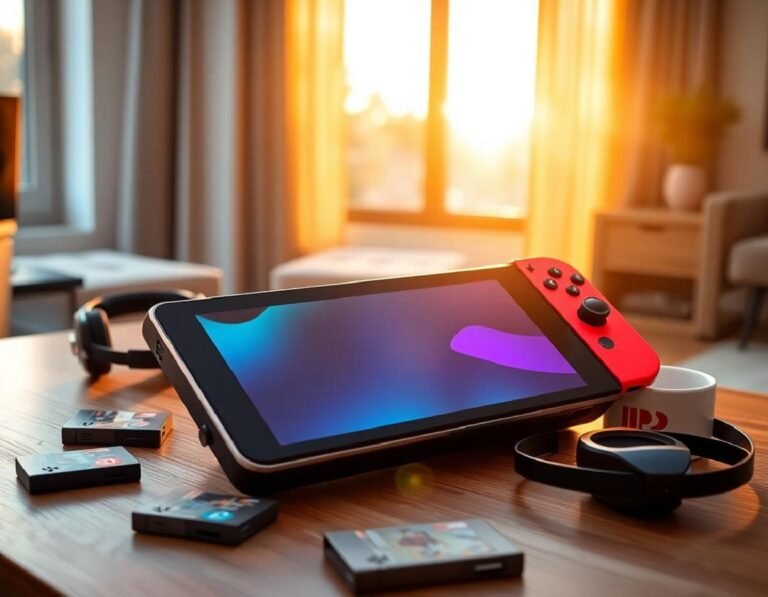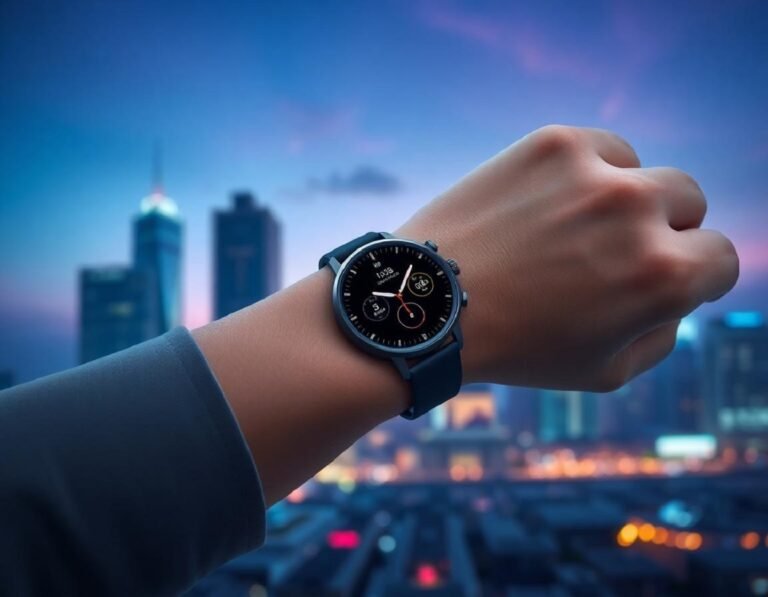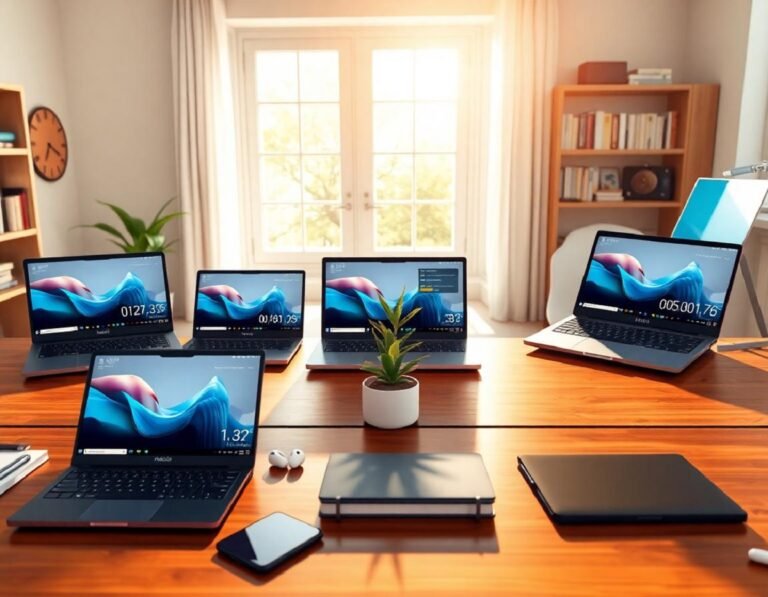Reviewed & Recommended: The Best Laptops I’ve Used in July 2025.
Intel’s Ultra Series processors are built to give you better efficiency, longer battery life, and improved AI features. Just as you see i5, i7, and i9 in other lines, you’ll find Ultra 5, Ultra 7, and Ultra 9 in this lineup. The difference isn’t just in the names. Ultra Series chips use the latest technology and include a special NPU, or Neural Processing Unit, which standard Core models don’t have. This NPU speeds up tasks like image recognition and audio work, making them smoother and smarter.
Ultra chips also use a hybrid architecture that blends strong performance with better battery backup. This means you get both power and longer unplugged use. The Ultra Series suits anyone who wants a laptop that balances speed and long battery life, such as students, pros, or anyone working with AI tools for research, assignments, or online learning.
Here are the top AI-ready laptops with Ultra Series chips for 2025, from entry-level to premium choices.
Best Laptops Under ₹55,000
The MSI Modern 15 is a standout in this price range, costing around ₹52,000 to ₹53,000. It features the Ultra 5 125H chip with 14 cores and 18 threads, leading its class in speed. There’s 16GB DDR5 RAM (upgradable to 64GB) and a quick 512GB SSD. The 15.7-inch full HD IPS screen offers clear, sharp visuals for movies and color work. All Ultra Series laptops use Intel Arc graphics, which are better than the older Iris range, and include lifetime MS Office. The battery is a 53.8Wh unit, and you get a 90W charger. This laptop offers strong value and reliable performance.
Top Picks Under ₹60,000
The Acer Swift Neo 14 sells for around ₹58,000 and brings a bright 14-inch OLED screen (Full HD+, 100% sRGB, 400 nits) that shows vivid colors better than standard screens. It has the Ultra 5 125U processor. H series CPUs handle heavier workloads, while U series focus more on battery life. This model runs on 8 cores and 10 threads, fitting for daily jobs and a bit of heavier work. It comes with 16GB dual-channel DDR5 RAM (not upgradable) and a 512GB fast SSD (expandable). You get Arc graphics, MS Office, a 55Wh battery, and a 65W charger.
Laptops Around ₹70,000
The HP 15, powered by the Ultra 5 125H, costs about ₹68,500. It offers a solid metal body, dependable Intel Arc graphics, and MS Office 2024 with lifetime use. With 16GB DDR5 RAM and a 512GB SSD, you can run many apps, work on code, or use demanding programs with no lag. The 15.6-inch full HD IPS screen gives wide viewing angles and bright colors. The 41Wh battery and 65W charger round things out.
Acer’s Swift Go 14 is another great pick here, at about ₹71,000. It packs a 14-inch touchscreen IPS display with Full HD+, 400 nits, and 100% sRGB color, making it great for creative work like color editing. It includes the Ultra 7 processor with 16 cores and 22 threads, matched with 16GB DDR5X RAM (not upgradable) and a roomy 1TB SSD. You’ll also find Arc graphics, MS Office, and Wi-Fi 7, which supports speeds up to 46Gbps (much higher than Wi-Fi 6). This model is ready for the future.
Best Laptop for ₹80,000
Lenovo Yoga Slim, around ₹77,000, runs an Ultra 5 125H chip and has a 14-inch OLED display (Full HD+, 400 nits, 100% DCI-P3 color). With 16GB DDR5X RAM running at 7467MHz and a 512GB SSD, it’s built for speed. The sturdy metal build, Intel Arc graphics, and lifetime MS Office make it a reliable long-term choice.
Premium Option Around ₹1 Lakh
If you want maximum speed, the Lenovo Ideapad Pro 5 OLED is a top pick, featuring the Ultra 9 185H processor (16 cores, 22 threads). It’s Intel EVO certified, offering fast start-up, the latest Wi-Fi and Bluetooth features, and at least 7-8 hours of battery. Specs include 32GB DDR5X RAM (7467MHz), a 1TB SSD, and a 14-inch 2.8K OLED display with a 120Hz refresh rate, 400 nits, and 100% DCI-P3 color. You get rapid charging, giving around 2 hours of use from just 15 minutes plugged in. There’s a big 84Wh battery, 100W adapter, 3 months of Xbox Game Pass, and lifetime MS Office. It’s excellent for coding, multitasking, video editing, or casual gaming.
In short, Intel Ultra Series laptops in 2025 bring strong AI support, impressive battery life, and features built for the future. Whether you’re a student, creative user, or working professional, there’s a great option here for you. Check the product section or description box for more details. If you want to know more or have feedback, drop a comment below.

